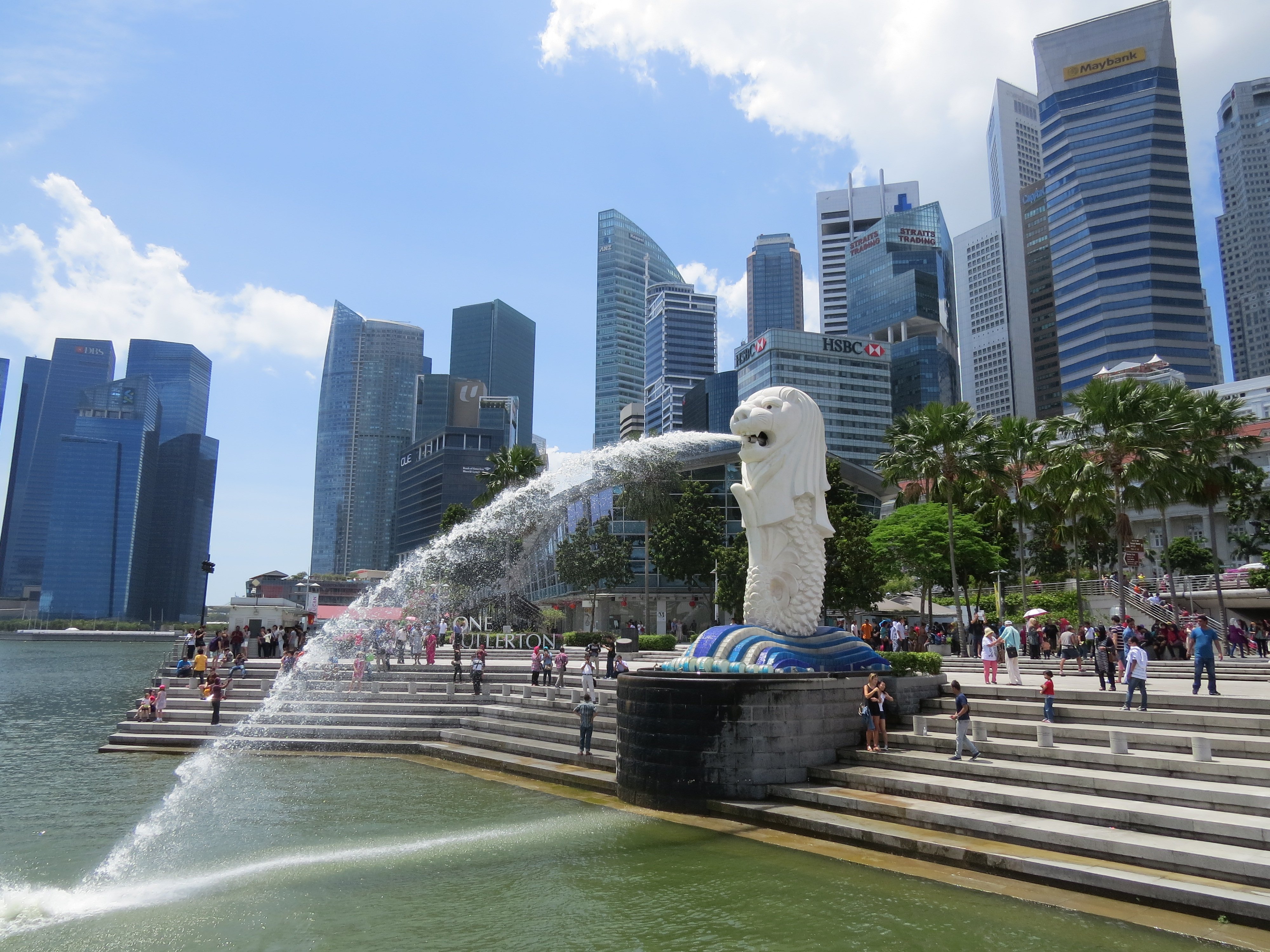🇸🇬map Singapore [Overview]

Singapore—called Singa-pura in Malay, the City of the Lion—is a compact island nation at the tip of the Malay Peninsula, nestled between Malaysia and Indonesia. It’s a highly urbanized city-state built on a main island and dozens of islets, with a tropical climate and a famously groomed green landscape. Most people live in high-rise apartments, and the highest point, Bukit Timah, barely crests above the skyline. The city’s everyday rhythm revolves around food centers where a plate of rice, fish, chicken, and vegetables—seasoned with chilies, lime, and tamarind—can feel as meaningful as any museum visit.
Singapore’s population is a blend of ethnic Chinese, Malays, Indians, and a significant expatriate community, reflecting its long role as a crossroads of Asia. English is widely used in public life alongside Mandarin, Malay, and Tamil, making it an easy landing spot for international professionals. The country shifted from a rough-and-tumble port to an orderly, high-income hub within a few decades by betting on education, efficient infrastructure, and a disciplined, merit-based system. Many residents talk about the “five C’s”—car, condo, credit card, club, and career—as a tongue-in-cheek shorthand for aspirations in this pragmatic society.
Economy
Singapore runs on services, finance, trade, and high-value industry. Banking, wealth management, logistics, technology, and professional services dominate the job market, with advanced manufacturing and the port anchoring the real economy. The state plays an active role in development, and the Central Provident Fund underpins savings for housing, healthcare, and retirement. With few natural resources, the country imports almost everything it needs, adding value through efficiency, connectivity, and trust.
Connectivity is Singapore’s calling card. The airport and seaport link Asia to the world, and multinational firms use the city as a regional headquarters. Politically, Singapore is a stable parliamentary republic with low corruption and a strong rule-of-law reputation—factors that make cross-border business smoother. Regional ties across Southeast Asia are deep, and the government’s steady approach to regulation attracts investors who value predictability and safety.
Culture
English, Mandarin, Malay, and Tamil share public space, with English as the lingua franca of business and education. Ethnic Chinese form the largest group, with Malays and Indians as foundational communities; each has contributed its food, festivals, and traditions to the national mix. You’ll sense the heritage of a once-colonial trading post that became independent in the 1960s and then engineered rapid growth through education and careful urban planning. People here value good schools, professional advancement, and social order, and the low crime rate and tidy streets are sustained by firm laws and community norms.
Religious life is diverse: Islam, Buddhism, Christianity, Hinduism, and Taoism are all visible across the city, often within a short walk of one another. Public holidays reflect this mosaic, with Lunar New Year light-ups, Hari Raya celebrations, Deepavali streetscapes, and Christmas markets all sharing the calendar. National Day in August brings island-wide festivities and a striking parade, while everyday culture thrives in hawker centers, cafés, and teahouses where dining out is part of the social fabric.
Li Wei
Li Wei is a financial services professional and cross-cultural consultant originally from Hong Kong,
with over 12 years of experience in international banking and Southeast Asian business
development. Having worked for major financial institutions including HSBC and Standard Chartered,
Li Wei has extensive experience facilitating the relocation of international professionals
to Hong Kong, Singapore, and other key Southeast Asian markets.
Published: 2025-02-06